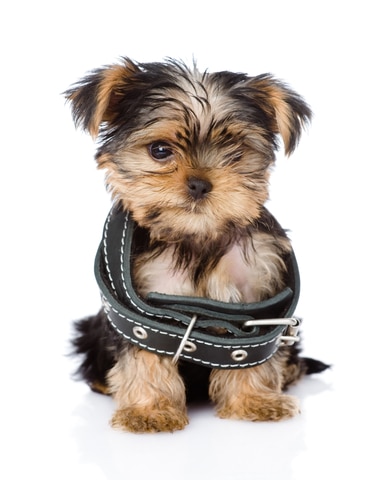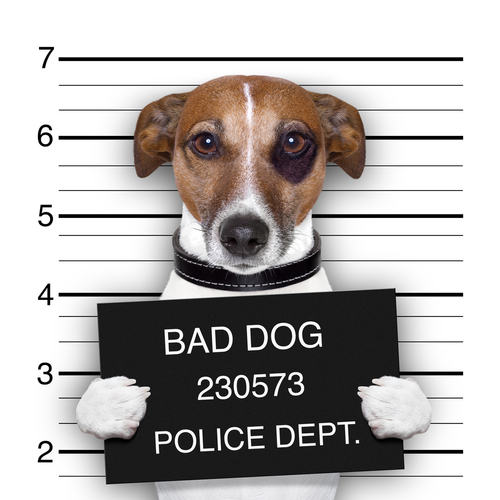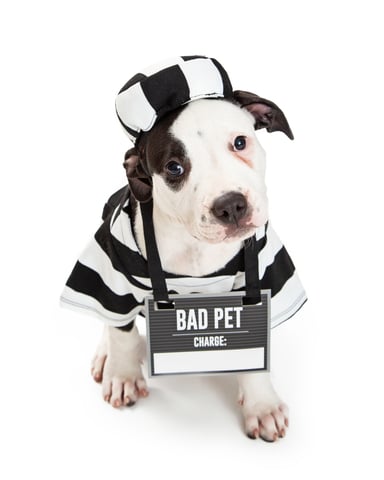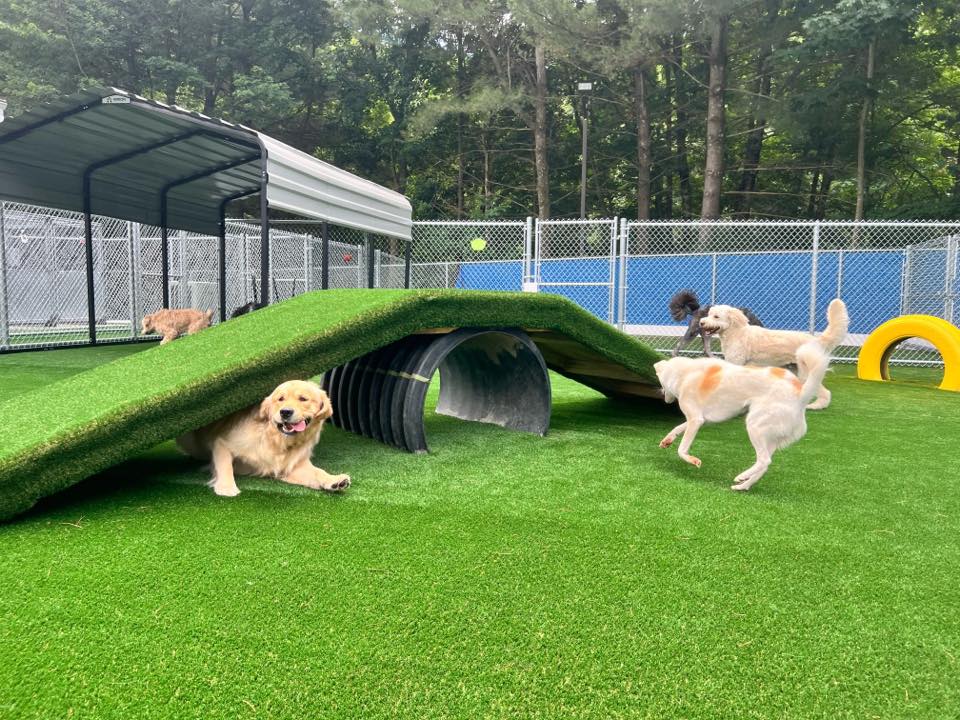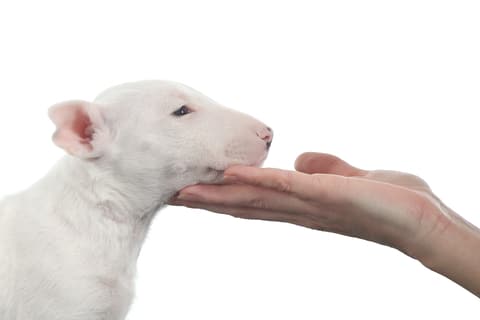If not you, who better?
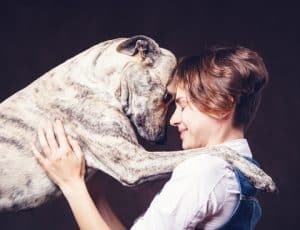
I was recently asked for advice by a friend in another state who had observed a training class she was considering attending. The trainer tried to take a student’s dog to demonstrate an exercise. This is a common practice that we, too, use. Showing students that one of their dogs is capable of performing the behavior gives the class confidence that their dog can do it. Unfortunately, that’s not what happened in the class my friend was watching. The young dog was shy and reluctant to go to the trainer. Rather than understanding the fear of this timid dog, and moving to a different dog as we (and, I believe, most trainers) would have done, the trainer verbally chastised him and forced him to move to her. BIG RED FLAG! Do NOT attend this class! An experienced trainer should know that forcing this dog to do something he was clearly afraid of would likely result in permanent “stranger danger” fears.
We occasionally meet with an owner whose dog’s behavior has been impacted by incorrect treatment by someone—a visitor to the home, a friend or family member, or even a pet professional such as a groomer, trainer, or veterinarian. This has even happened to me.
Years ago, when I was breeding English Mastiffs, one of my dogs was in labor and had delivered three puppies. I didn’t think she was finished and took her (along with the puppies) to the vet for a check-up. I didn’t know the vet on duty, and he had never met my dog. With no greeting at all, he briskly entered the exam room and quickly approached my dog with the worst bedside manner possible. He stood in front of her and reached over her head to examine her. His body language was impolite, overbearing and frightening. Not just because this dog was in labor and had puppies in a box near her—but for any dog, this is the wrong way to approach.
Startled and put off, my dog did what any self-respecting mother in labor would do—she growled at him. He jumped back and lectured me! He said that she had an unfit temperament, shouldn’t have been bred and recommended she be euthanized. What?!? He was a jerk who behaved badly toward my dog and she should be killed for it? My concern for my dog overrode my anger toward him. I needed to focus on her getting whatever treatment she might need to help her finish whelping her pups. Ultimately, that did happen, and I switched veterinary practices.
Sadly, that wasn’t the end of this experience. The impact of this vet visit caused this dog to be suspicious and nervous each time we went to the veterinarian’s. In retrospect, if I had had any warning about what he was going to do, I would have told him she was nervous because of her puppies (not all vets have experience in this area), that she was not overly friendly to strangers, and to please approach her with that in mind.
At least that’s what I hope I would have done. Would I have I had the self-confidence to give recommendations to a veterinarian I didn’t know in his own domain? With hindsight, sure I would have, but without the knowledge of such hindsight, my tendency, as most people, is to be polite. Don’t make waves. Don’t offend. But our dogs count on us to protect them.
Just as my friend observed in the training class she watched, we occasionally meet with a client whose dog had a bad experience with a training method or trainer. We can often help the dog learn that not all trainers (generalized to “strangers”), and not all training situations are fearful. Sometimes an owner tells us that they stopped the trainer before he or she did something objectionable to their dog. That’s the best! The owner was able to foresee, and had the self-confidence to step in and stop a potentially harmful training tactic before it was used on their dog. I’ve also spoken with owners who have removed their dogs from classes in which the trainer did something to another dog that they wouldn’t want done to their dog. It can be difficult for some to risk embarrassment or confrontation, but for our dogs’ sake, we should be willing to take that risk.
The bottom line is that we are more than our dogs’ owners; we are also their advocates. It is our responsibility to foresee—as much as possible—a potentially dangerous or damaging situation, and protect the dog from it. It’s not always possible, easy or comfortable, and often we can’t recognize it until it’s too late, but if we have the opportunity and foresight, we need to protect our dogs. They deserve nothing less.

